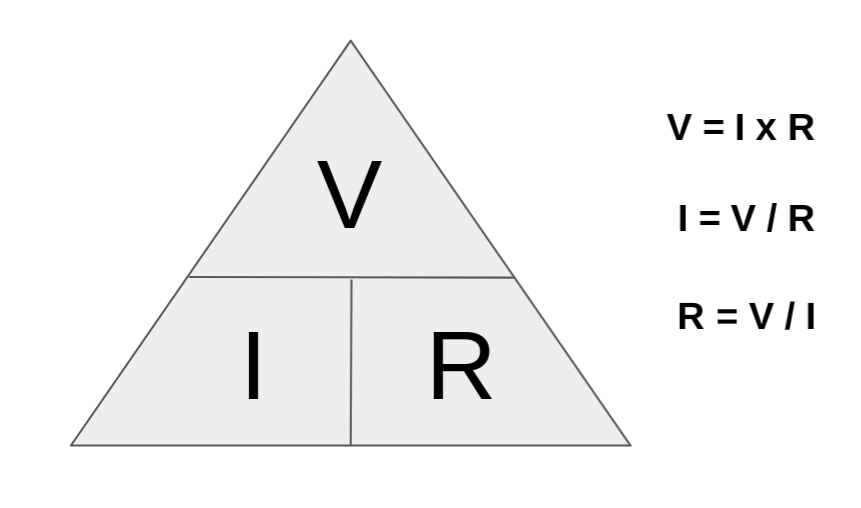How an Infinite Switch Works
Infinite Switch Detailed Operation On electric ranges, the common infinite switch (or simmerstat) uses duty cycle manipulation similar to Pulse Width Modulation (PWM) to control the amount of power delivered to the cooktop burner ¹. Despite common misconceptions, PWM is not just reserved for DC voltage. It is simply a voltage (AC or DC) (also […]

